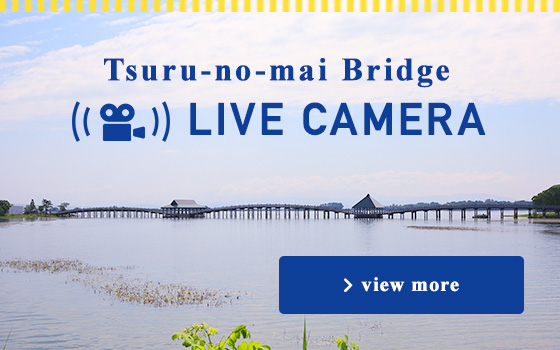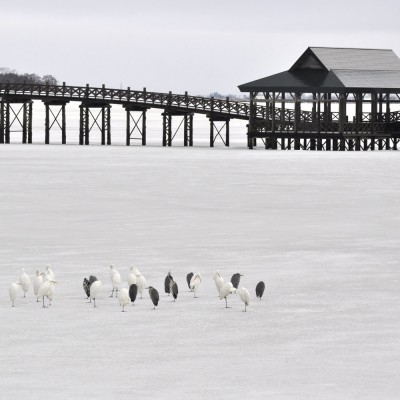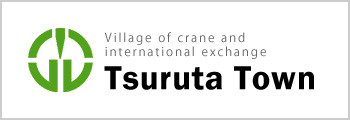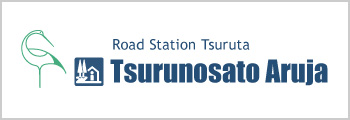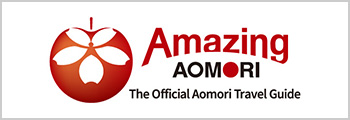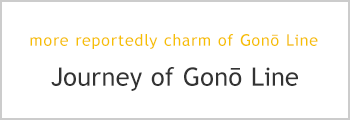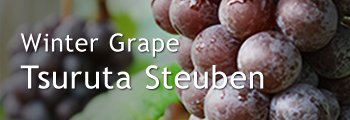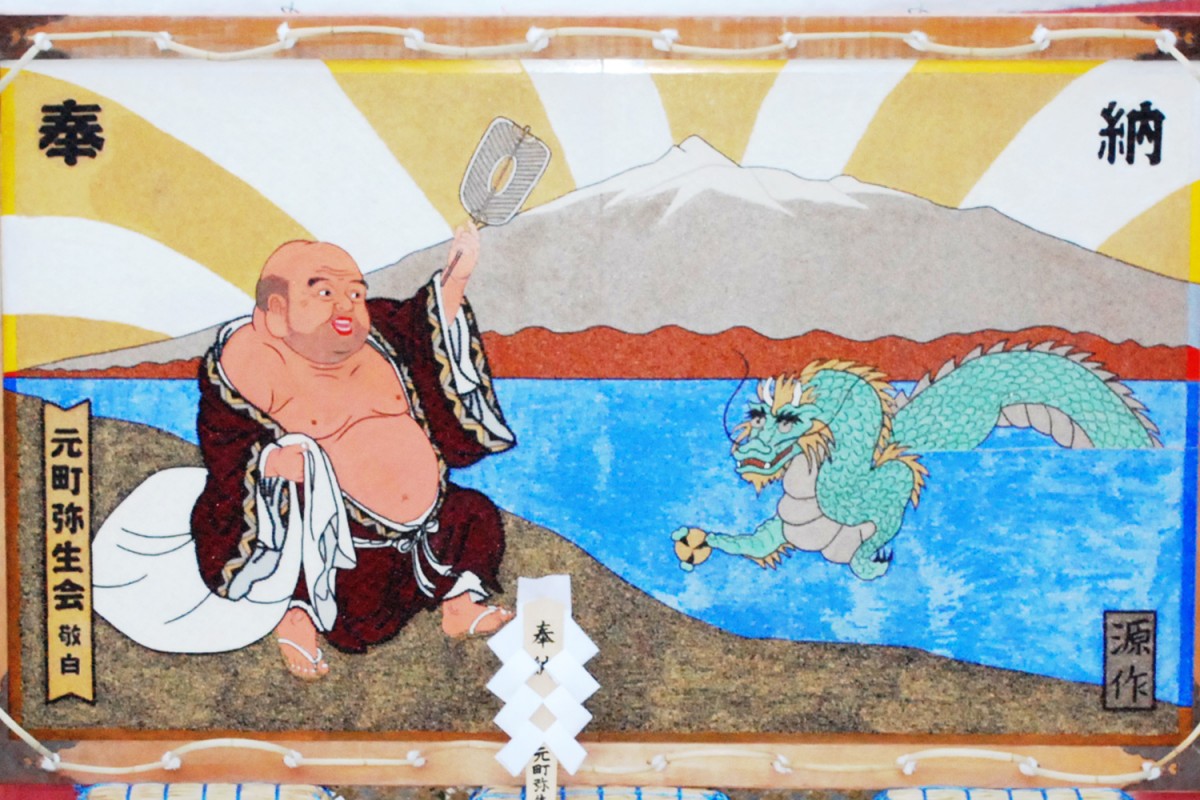
Yayoiga (Yayoi art) is an artwork made by use of natural-colored grains like black beans, red beans, rice and other seeds. The purpose of Yayoiga is to pray for rich harvest. Tsuruta is the only town in Japan where Yayoiga tradition is still present.
Method of rice cultivation in paddy fields was introduced in Japan from either China or Korea during the Yayoi period. Yayoi period is said to be the dawn of Japan’s agriculture. Yayoiga is named “Yayoi” art because it uses various types of grains.
Tsugaru area was hit hard during the Great Tenmei Famine between 1782 and 1788. Due to cold weather and other natural disasters, crops were severely damaged which resulted to an extreme shortage of food supplies. Troubled villagers scraped together grains, beans and seeds from their homes, and created the artwork to pray for future rich harvest. That fall, Tsugaru region had a great harvest. Ever since then, creating the artwork in the morning of New Year’s Day has become the tradition to pray for rich harvest.
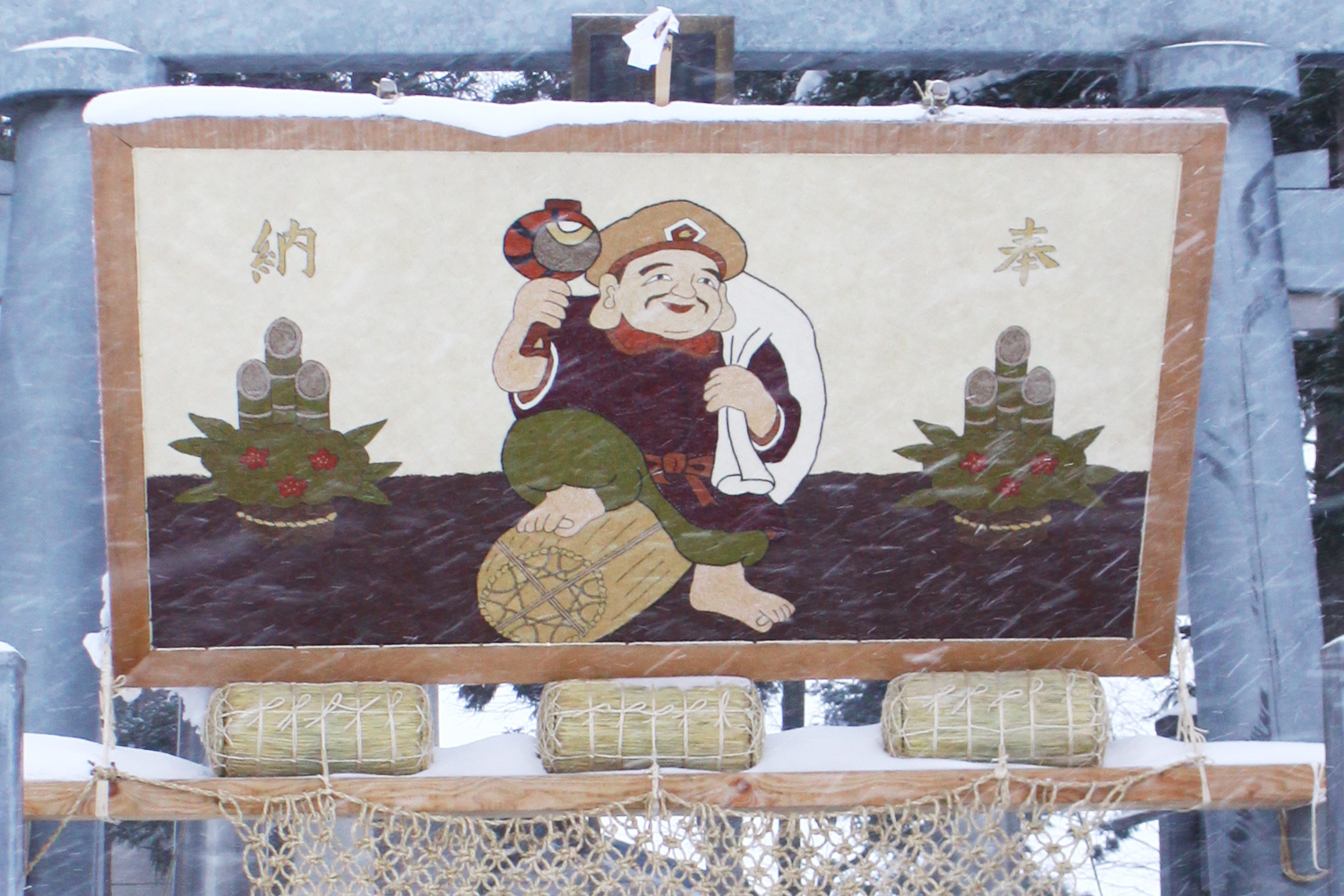
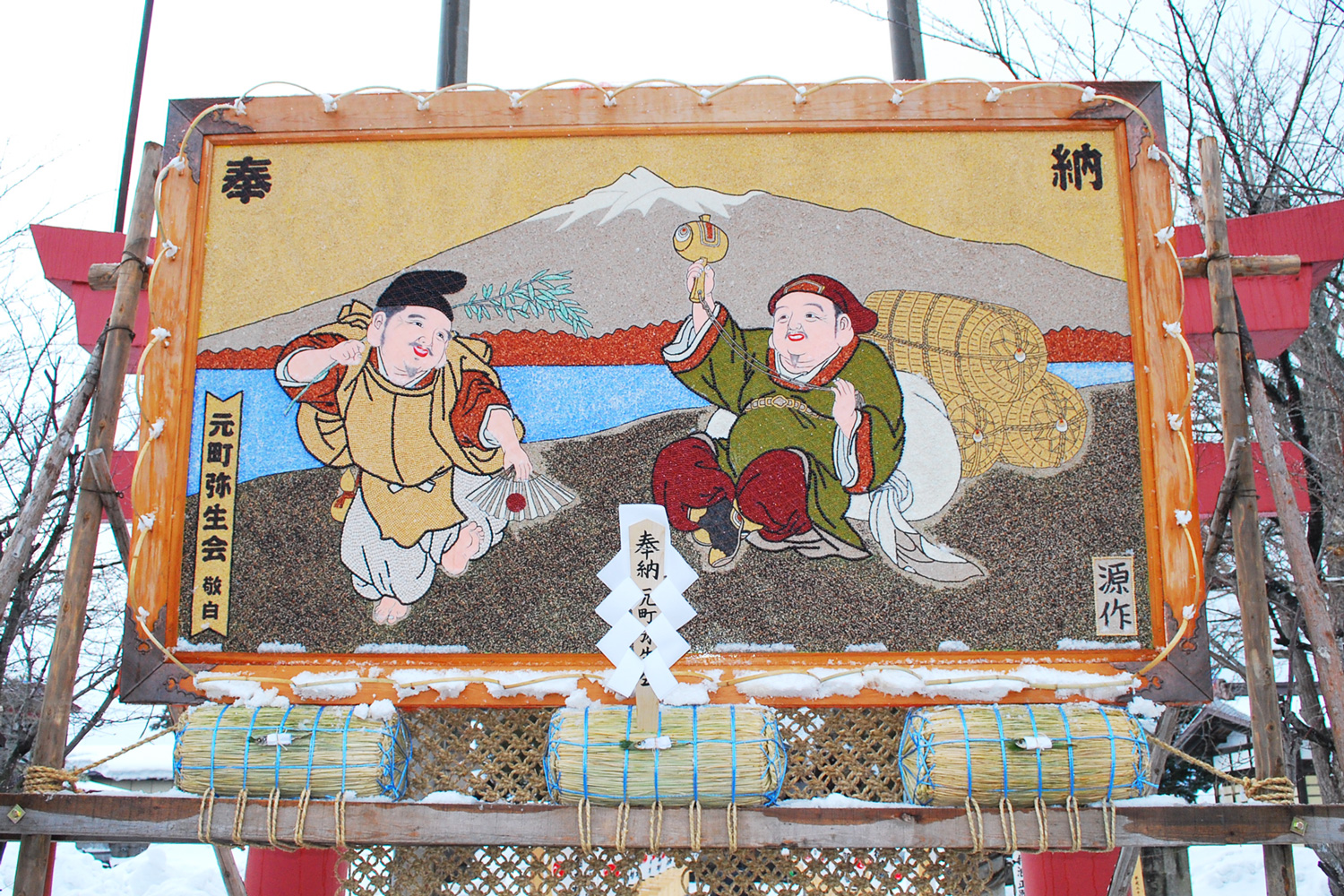
Yayoiga back then was very important influential art to the community; therefore, Yayoiga artists were always put under extreme pressure to create Yayoi art. The artist devoted themselves to create beautiful Yayoiga artwork with minimal interaction with other people including family members.
Currently, Motomachi Yayoikai, Yamamichi Yayoiga Hozonkai and local students create Yayoiga every year. The skill to create Yayoiga art is passed on to younger generations to preserve the tradition.
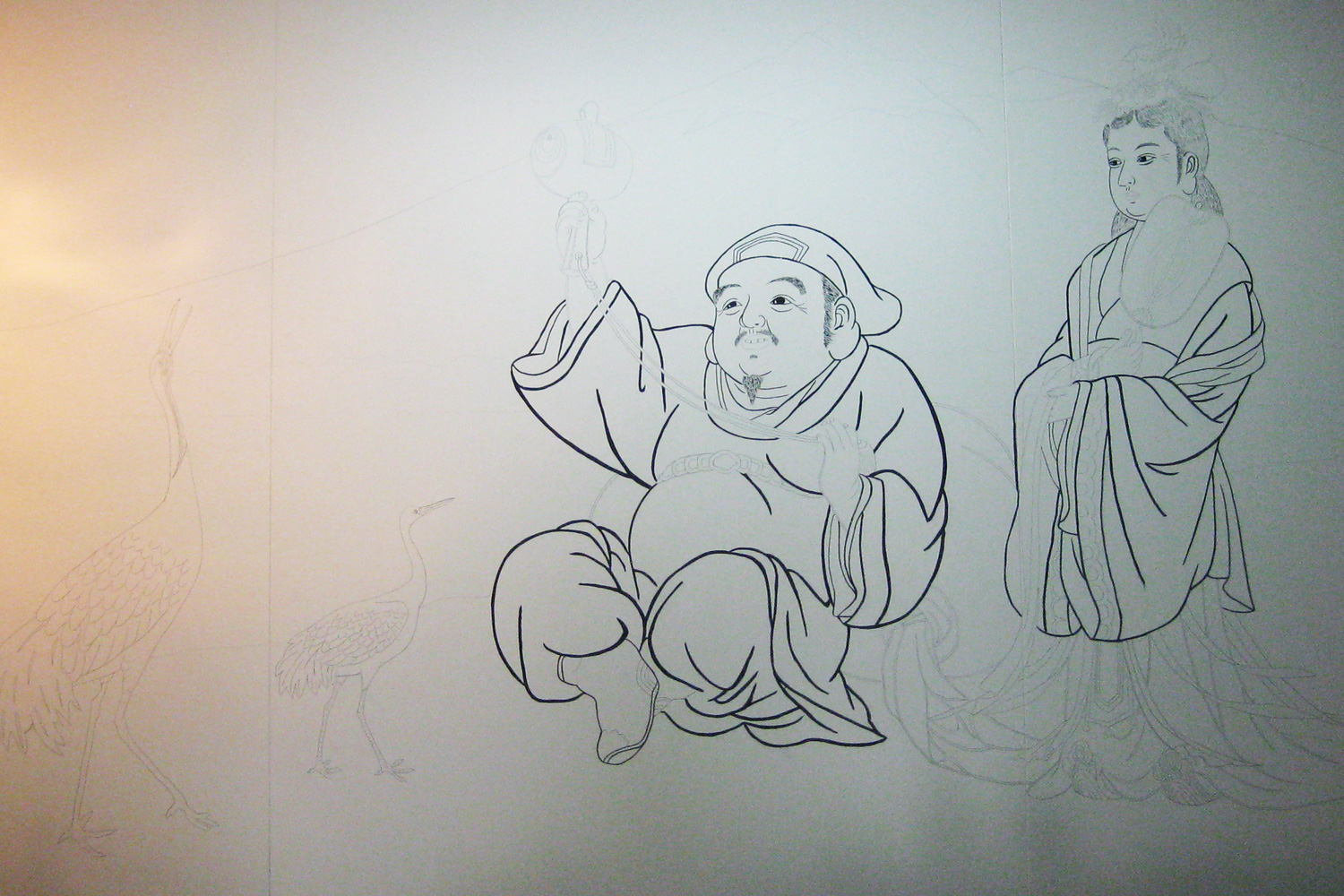
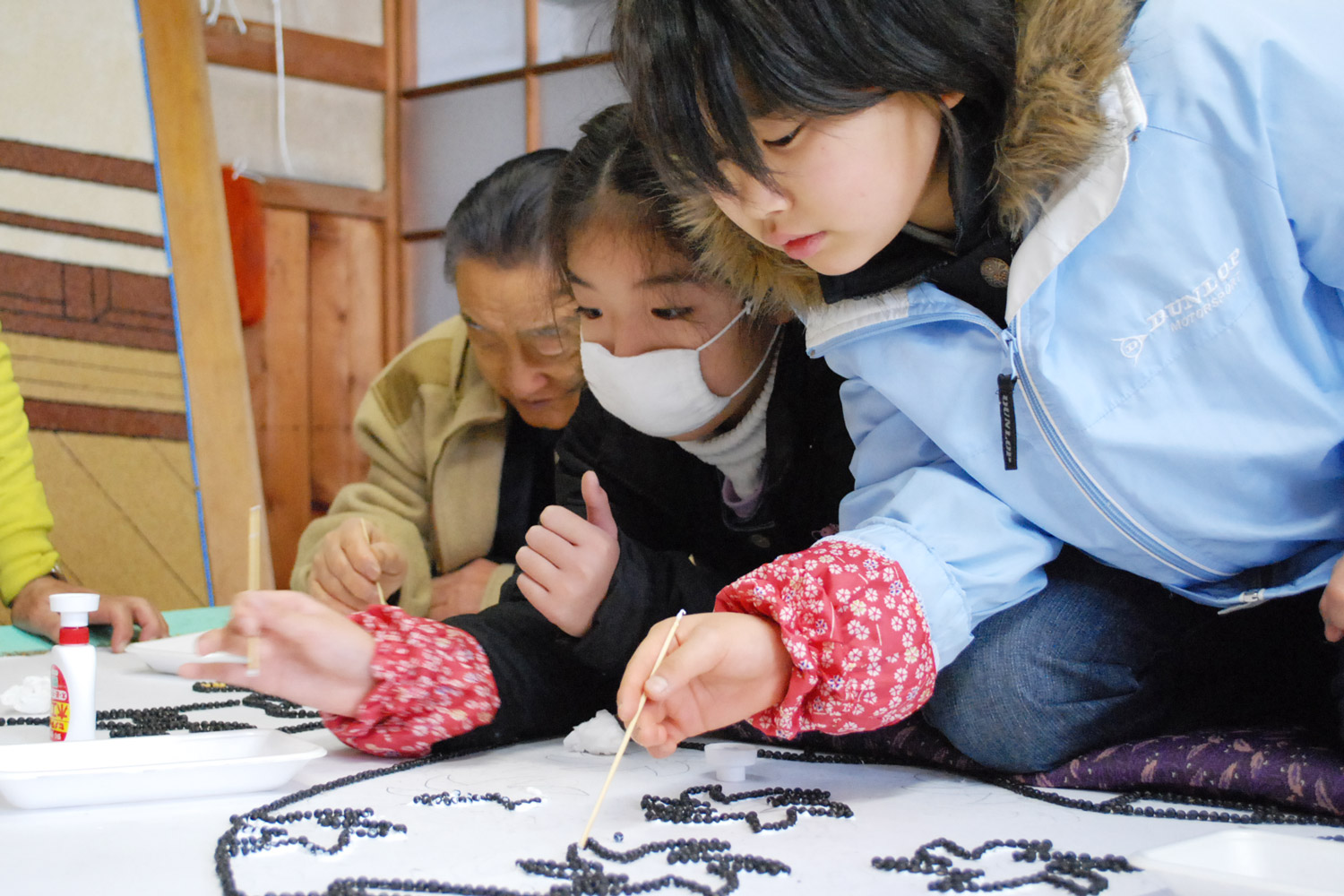
Exhibit
| Location |
Tsuruta Hachiman Shrine(January only) Kuraokami Shrine (Yamamichi)(January only) Michi no Eki Tsuruta: Tsuru no Sato Aruja (Roadside station: Crane Village Aruja) |
|---|---|
| Tel | 0173-22-2111 (Tourism Industry Division, Tsuruta Town Office) |
| Fill out the contact form |

